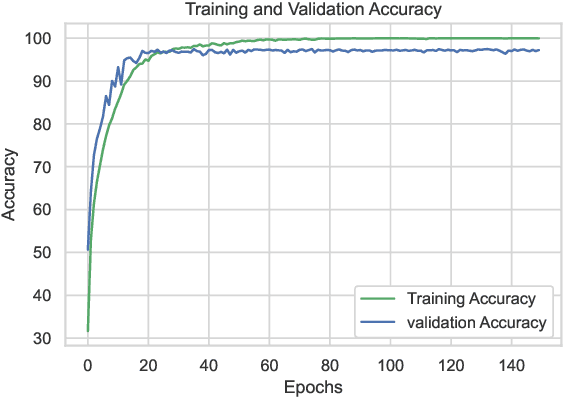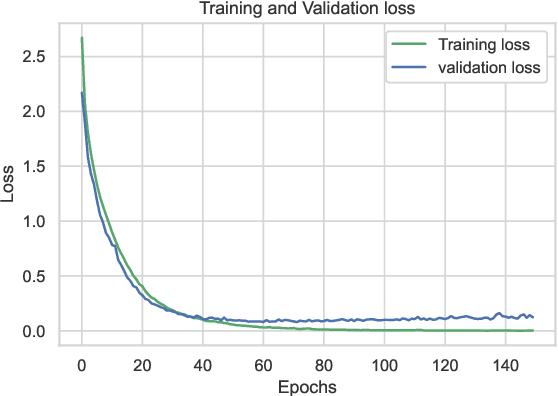Ghazaleh Kia
A CNN Approach for 5G mmWave Positioning Using Beamformed CSI Measurements
Apr 30, 2022



Abstract:The advent of Artificial Intelligence (AI) has impacted all aspects of human life. One of the concrete examples of AI impact is visible in radio positioning. In this article, for the first time we utilize the power of AI by training a Convolutional Neural Network (CNN) using 5G New Radio (NR) fingerprints consisting of beamformed Channel State Information (CSI). By observing CSI, it is possible to characterize the multipath channel between the transmitter and the receiver, and thus provide a good source of spatiotemporal data to find the position of a User Equipment (UE). We collect ray-tracing-based 5G NR CSI from an urban area. The CSI data of the signals from one Base Station (BS) is collected at the reference points with known positions to train a CNN. We evaluate our work by testing: a) the robustness of the trained network for estimating the positions for the new measurements on the same reference points and b) the accuracy of the CNN-based position estimation while the UE is on points other than the reference points. The results prove that our trained network for a specific urban environment can estimate the UE position with a minimum mean error of 0.98 m.
Cooperative Localization Utilizing Reinforcement Learning for 5G Networks
Aug 19, 2021
Abstract:The demand for accurate localization has risen in recent years to enable the emerging of autonomous vehicles. To have these vehicles in the traffic ecosystem of smart cities, the need for an accurate positioning system is emphasized. To realize accurate positioning, collaborative localization plays an important role. This type of localization computes range measurements between vehicles and improves the accuracy of position by correcting the possibly faulty values of one of them by using the more accurate values of the other. 5G signals with the technology of Millimeter Wave (mmWave) support precise range measurements and 5G networks provide Device to Device (D2D) communication which improves collaborative localization. The aim of this paper is to provide an accurate collaborative positioning for autonomous vehicles, which is less prone to errors utilizing reinforcement learning technique for selecting the most accurate and suitable range measurement technique for the 5G signal.
 Add to Chrome
Add to Chrome Add to Firefox
Add to Firefox Add to Edge
Add to Edge